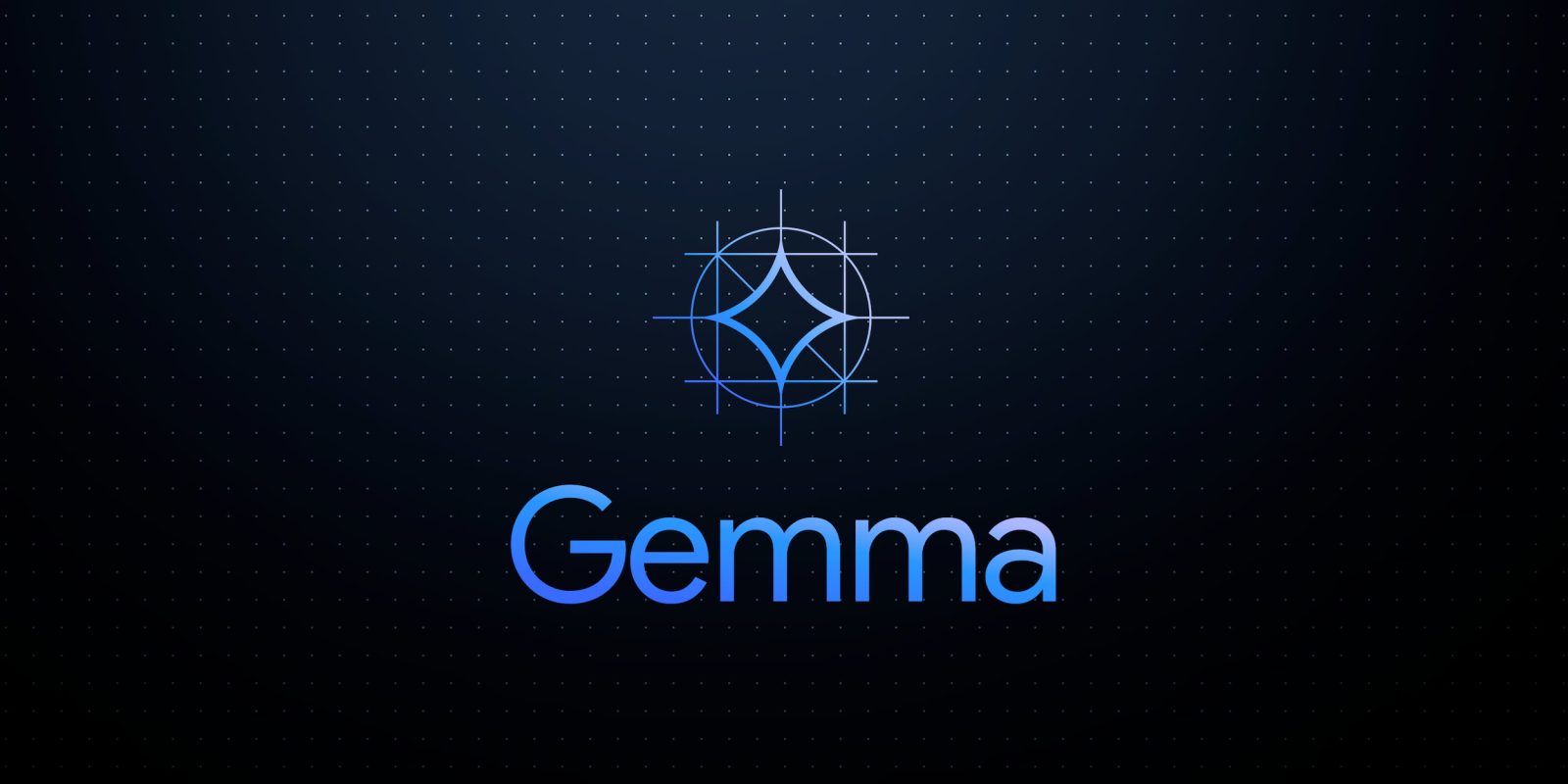
Gemma is Google’s new “family of lightweight, state-of-the-art open models” aimed at AI developers and researchers.
Gemma was developed by Google DeepMind and other teams across the company, and is “built from the same research and technology used to create the Gemini models,” including technical and infrastructure components. Name-wise, it’s Latin for “precious stone.”
It’s available in Gemma 2B and Gemma 7B sizes today with accompanying pre-trained and instruction-tuned variants. For the former, Google has filtered out “certain personal information and other sensitive data from training sets.” It has undergone “manual red-teaming, automated adversarial testing, and assessments of model capabilities for dangerous activities.” You can find those evaluations here.
Additionally, we used extensive fine-tuning and reinforcement learning from human feedback (RLHF) to align our instruction-tuned models with responsible behaviors.
Gemma can run locally on laptops and desktops, while it’s also compatible with IoT, mobile, and the cloud. Google touts easy Vertex AI and Google Kubernetes Engine (GKE) deployment, and a partnership that sees Gemma optimized for Nvidia GPUs in addition to Google Cloud TPUs.
Google says Gemma offers “best-in-class performance for their sizes compared to other open models” and that it “surpasses significantly larger models on key benchmarks.” You can read Gemma’s technical report covering performance, dataset composition, and modeling methodologies here.
In terms of use, Google is allowing “responsible commercial usage and distribution for all organizations, regardless of size.”
Google also released a Responsible Generative AI Toolkit that includes guidance, a model debugging tool to “investigate Gemma’s behavior and address potential issues,” and safety classification.
Gemma is available worldwide today. Looking ahead, Google plans to expand the model family.
FTC: We use income earning auto affiliate links. More.




Comments